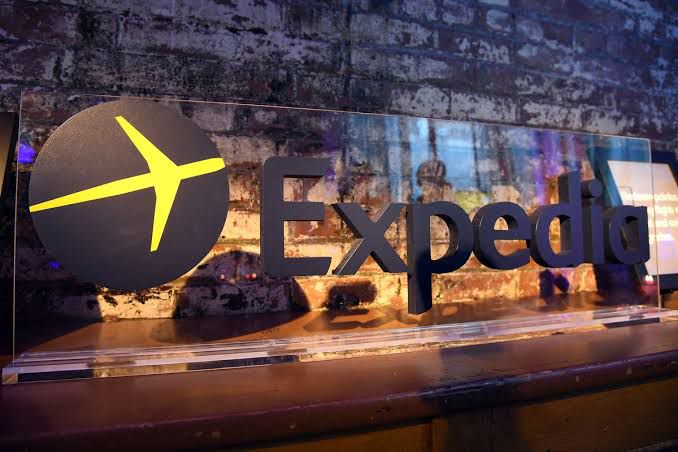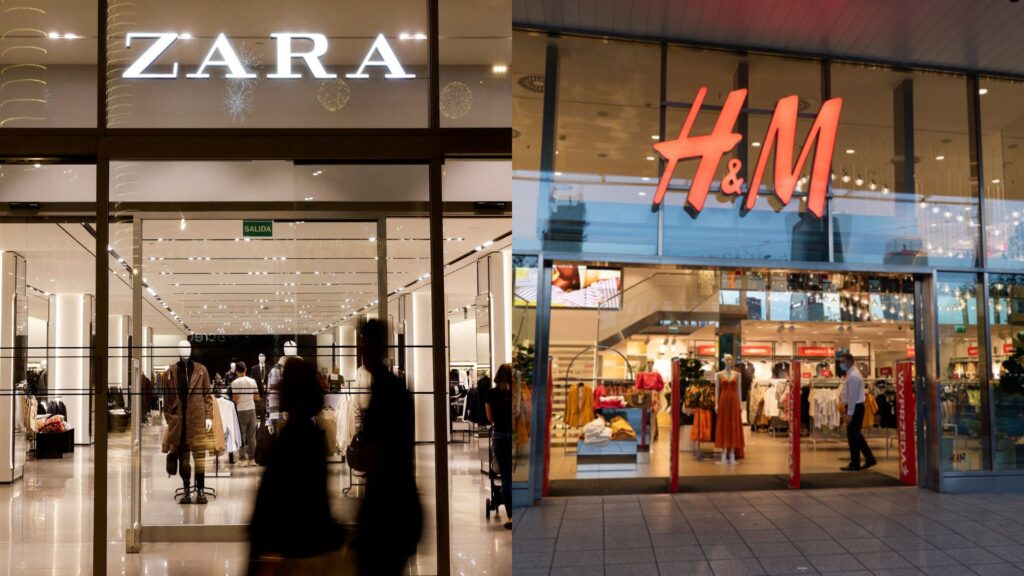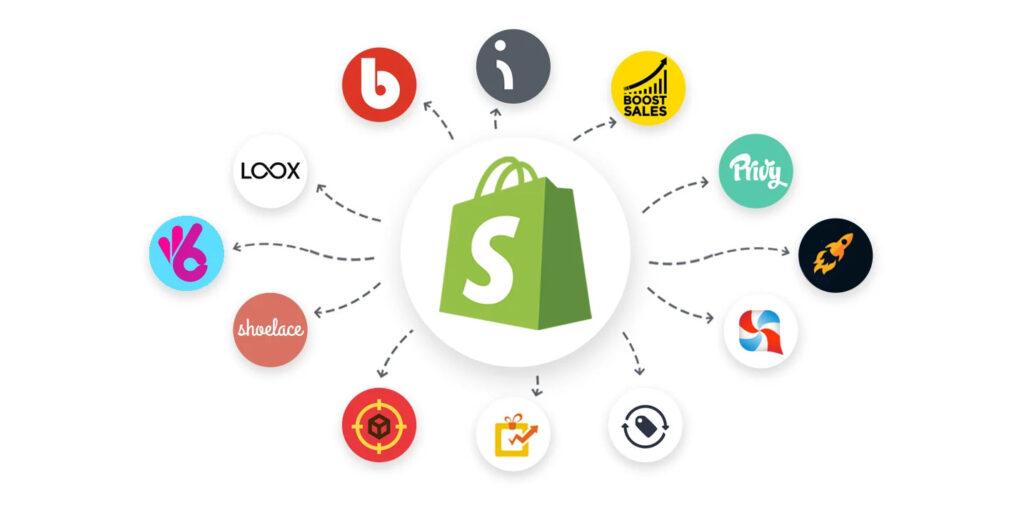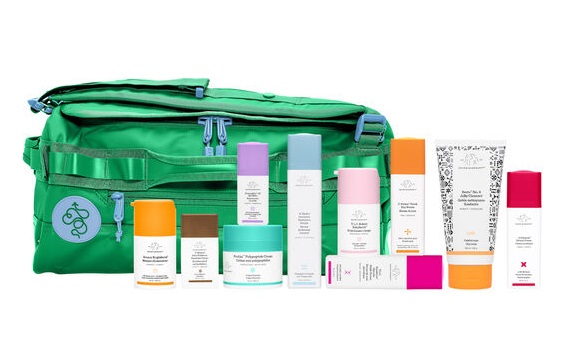Introduction to Fast Fashion
Fast fashion has taken the world by storm, revolutionizing how we shop and dress. Brands like Zara and H&M have emerged as frontrunners in this trend, offering stylish clothing at accessible prices. But what really sets these two giants apart? As consumers become more conscious of their purchasing decisions, understanding their strategies is crucial. From chic Zara accessories to trendy H&M t-shirts, shoppers are faced with endless choices that reflect personal style and budget.
In a landscape where speed meets affordability, both retailers have carved out unique niches while catering to diverse audiences. Whether you’re hunting for the perfect pair of Zara tops or exploring H&M’s latest collections, the competition between these brands offers insights into consumer behaviour and industry dynamics. Let’s dive deeper into their operations and uncover what makes each brand tick in the fast fashion arena.
Background on Zara and H&M
Zara and H&M represent two giants in the fast fashion industry, each with its own unique flair. Founded in Spain in 1974, Zara is part of the Inditex group. It revolutionized how we think about fashion by delivering runway trends to stores swiftly.
H&M, on the other hand, was established a year earlier in Sweden. Known for its affordable prices and trendy styles, it captures a diverse audience worldwide.
Both brands have made their mark through rapid production cycles. Zara focuses on small collections that change frequently, while H&M offers more extensive lines at lower price points.
Their design philosophies differ as well; Zara emphasizes chic sophistication whereas H&M leans toward casual streetwear aesthetics. These distinct approaches allow them to cater to varied demographics within the same market space.
Shoppers flock to both for their vibrant selections—whether it’s stylish Zara accessories or classic H&M t-shirts—a testament to their influence on contemporary fashion culture.
Comparison of Business Models
Zara and H&M may both operate in the fast fashion sector, but their business models differ significantly.
Zara adopts a “just-in-time” approach. This means they design, produce, and distribute new styles rapidly based on current trends. Their ability to respond quickly sets them apart. They often release small quantities of each item to create urgency among shoppers.
H&M, on the other hand, focuses more on volume sales at lower prices. Their model emphasizes mass production with broad collections that appeal to various consumer segments. By purchasing larger quantities of items like H&M T-shirts or dresses, they can offer competitive pricing.
While Zara’s strategy leans toward exclusivity and limited stock, H&M thrives on accessibility and affordability for all demographics. Each brand has carved out its niche while navigating similar market challenges in the ever-evolving landscape of fast fashion.
Supply Chain Strategies
Zara and H&M have distinct approaches to their supply chains, shaping their fast fashion success.
Zara operates on a “just-in-time” model. This method allows them to respond quickly to trends. They design, manufacture, and distribute products at lightning speed. The company keeps tight control over its production process, with many items made in nearby countries.
H&M takes a different route by focusing on cost efficiency. Their supply chain is global but relies heavily on outsourcing production to cheaper markets like Bangladesh and China. This strategy helps keep prices low for consumers seeking affordable options like H&M T-shirts.
Both brands emphasize agility but achieve it through varying strategies. Zara’s rapid cycle encourages frequent inventory turnover while H&M builds volume through broad product availability across various categories including Zara accessories and tops from both retailers.
Marketing and Branding Techniques
Zara and H&M have distinct approaches to marketing and branding that set them apart in the fast fashion landscape. Zara thrives on its “just-in-time” strategy, creating buzz through limited releases and exclusive collections. This technique keeps customers returning for new styles.
H&M, on the other hand, focuses heavily on inclusivity with a diverse range of products. Their campaigns often highlight sustainability efforts, appealing to environmentally conscious shoppers.
Social media plays a vital role for both brands. Zara uses platforms like Instagram to showcase their latest looks directly from runways, while H&M engages audiences through influencer partnerships and user-generated content.
Moreover, branding elements differ significantly; Zara leans toward high-end aesthetics that evoke luxury vibes without the price tag. In contrast, H&M adopts a more casual approach that emphasizes affordability without sacrificing style. Each brand crafts an image tailored to its target demographic while remaining at the forefront of fashion trends.
Ethical and Environmental Concerns
The fast fashion industry faces increasing scrutiny over its environmental impact. Both Zara and H&M have made headlines for their rapid production cycles, which contribute to massive textile waste. Millions of garments are discarded each year, creating a significant burden on landfills.
H&M has launched initiatives like the Conscious Collection to promote sustainable practices. However, critics argue that these efforts often feel more like marketing than genuine change.
Zara is also under pressure to address ethical concerns in its supply chain. Reports of poor working conditions in factories have sparked outrage among consumers who demand transparency.
Both brands are exploring circular fashion models. This approach aims to extend the life cycle of clothing through recycling and upcycling programs. Yet, it remains uncertain if these strategies can offset the broader consequences associated with fast fashion’s business model.
Consumers today increasingly prioritize sustainability when shopping, pushing both retailers toward greener solutions as they seek to attract conscious shoppers.
Customer Preferences and Sales Performance
Customer preferences play a pivotal role in shaping the sales performance of both Zara and H&M. Shoppers gravitate towards brands that resonate with their personal style and values.
Zara’s ability to quickly adapt trends into ready-to-wear designs appeals to fashion-forward buyers. Customers appreciate the exclusivity of seasonal collections, which often sell out fast.
On the other hand, H&M targets a broader audience with its affordability and accessibility. Their range includes everything from trendy T-shirts to basics, catering to diverse demographics.
The shopping experience also matters. Zara’s sleek store layouts enhance the perception of luxury, while H&M promotes a more casual vibe that invites frequent visits.
Sales performance reflects these strategies, with Zara commanding higher price points for perceived quality, whereas H&M thrives on volume sales through competitive pricing. Each brand fosters loyalty by aligning its offerings with consumer desires and market demands.
Future Outlook for Fast Fashion Industry
The fast fashion industry is at a crossroads. With brands like Zara and H&M leading the charge, consumers are now more informed than ever. They want style without sacrificing ethics or sustainability. Trends change rapidly, but so do consumer expectations.
Zara has showcased an incredible ability to adapt its supply chain, staying relevant with quick turnarounds on inventory. On the other hand, H&M is making strides in transparency and sustainability initiatives as it aims to cater to environmentally conscious shoppers.
However, both brands face increasing scrutiny regarding their environmental impact and labor practices. As sustainability becomes less of a trend and more of an expectation, how will these giants evolve? The demand for eco-friendly solutions continues to grow.
As we look ahead, technology might play a crucial role in shaping the future of fast fashion. Digital innovation could streamline processes further while enhancing customer engagement through personalized shopping experiences.
With consumers advocating for responsible fashion choices, only time will tell if Zara & H&M can maintain their market positions while embracing change. The landscape is shifting; those who fail to adapt may find themselves left behind in this dynamic industry.




















